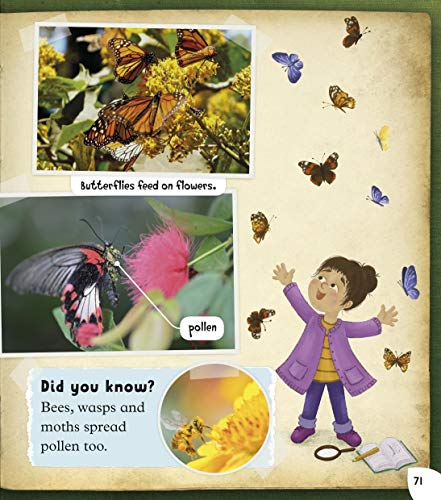Despite much of our lives becoming digital, learning to tell the time using both analogue and digital clocks is still an important skill, and it’s something that children can find tricky to master.
In the English national curriculum, analogue time is taught first, in Key Stage 1, with children later being introduced to digital clocks in Key Stage 2. Time is a hard concept to grasp, because it is very abstract (we cannot touch or see it). This isn’t helped by using time-related sayings that don’t refer to time accurately. I often say ‘Just a second…’ when asking my twins to wait, but in reality this second can be anything from a few seconds to what seems like forever!
Here are some ideas to try when supporting your child’s growing understanding of time:
Spot the clock
With younger children, look for clocks in the local environment and talk about their purpose. For example, the purpose of the church clock’s bell striking each hour was to support the local people in their daily routines as people didn’t have watches. Train station clocks help keep the trains running on time and show travellers the time easily when they’re rushing to catch a train. Look out for watches and devices around the house which display the time, too – how many can they spot?
Sand timers
The passing of time and how long things take to do can be hard for young children to understand. Using sand timers for familiar routines and activities such as brushing teeth and getting dressed helps your child develop their awareness of time passing, and how long tasks take to complete. Focus on questions like: ‘Which takes longer – eating breakfast or brushing your teeth?’, ‘How long will the pizza take to cook?’, ‘Are you at school longer that you are asleep?’, ‘Which is quicker: making a cup of tea or putting the washing out?’
Just a minute!
Build an awareness of how long a minute is by playing this game. Use a stopwatch, a digital timer or the stopwatch function on a smart phone and ask your child how many star jumps they think they can do in a minute. Time them: how close was their estimation? Repeat with other activities or actions. What can they do the most of in a minute? What did they complete the least of?
Dicing with time
This game is fun to play with older children. You will need:
- 2 x 6-sided dice of the same colour
- 1 x 6-sided dice of another colour
- A toy clock, or paper plate with the hours marked on and something to use for the clock’s hands
The two dice of the same colour represent the hours (add the 2 numbers together to get hours up to 12) and the other dice represent minutes in tens (e.g. rolling a 4 is 40 minutes).
Take it in turns to roll the dice to make a time, then move the hands on the clock to show the time.
Highlighting where time is important in everyday situations will support your child’s growing awareness and their understanding of time whilst demonstrating how essential skills such as telling the time and time management are for successful daily life.
More from Oxford Owl
- Learning to tell the time: tips and free activities.
- Activities: Time: free activity sheets to print and use at home.
- Maths activity books: books to build confidence in maths, for children aged 3–11.
Activity books and kits
My Telling the Time Activity Kit (Age 5–7)
Read with Biff, Chip & Kipper
This kit introduces the concept and language of time to children through fun, interactive activities featuring Biff, Chip and Kipper from the popular Oxford Reading Tree scheme.
Find out more >
Time and Money: Age 5–6
Progress with Oxford
This fun activity book will help to develop your child’s understanding of time and money. It focuses on the skills your child will need in Year 1 at school, and includes stickers and a progress chart.
Find out more >
Time and Money: Age 6–7
Progress with Oxford
This fun activity book will help your child develop their understanding of time and money independently. With the help of a lively character, colourful activities and picture clues they will progress to reading the time to the nearest five minutes.
Find out more >
Time and Money: Age 7–8
Progress with Oxford
This activity book will help to develop your child’s understanding of time and money, moving on to the new skills expected at Key Stage 2. Fun stickers and a handy progress chart capture their achievements, making learning about time and money both exciting and rewarding.
Find out more >





